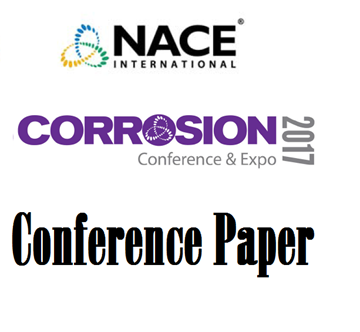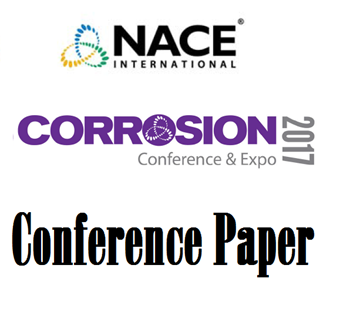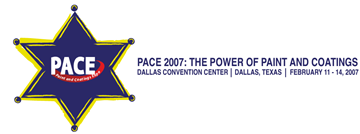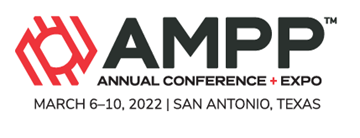Search
Individual Conference Papers
View as
Sort by
Display
per page
The Impact of Iron on Scale Inhibitor Performance in the Field – Is it a Problem?
Product Number:
51321-16428-SG
Publication Date:
2021
$20.00
The Impact of Oxygen Related Black Solids in Oil and Gas Production Systems
Product Number:
51323-18942-SG
Publication Date:
2023
$20.00
The Impact of Ultra-Low Temperature Sandstone Reservoirs on Scale Inhibitor Retention
Product Number:
51317--9107-SG
ISBN:
9107 2017 CP
Publication Date:
2017
$20.00
The Impact: Traveling Faster Than the Speed of Sound, Protective Coatings at Work
Product Number:
41216-997-SG
Publication Date:
2016
$20.00
The Implementation of a Corrosion Management System (CMS) in an Operating Gold Mine – Lessons Learned
Product Number:
51323-19385-SG
Publication Date:
2023
$20.00
The Implications and Practicalities of Adopting the Dissolved H2S Concentration as the Sour Service Scalable Metric to Improve HPHT Materials Qualification Testing
Product Number:
51321-16451-SG
Publication Date:
2021
$20.00
The Importance of Deposit Characterization in Mitigating UDC and MIC in Dead Legs
Product Number:
51317--9128-SG
ISBN:
9128 2017 CP
Publication Date:
2017
$20.00
The Importance of Developing Leadership Competency in Corrosion Management
Product Number:
51323-19477-SG
Publication Date:
2023
$20.00
The Importance of IAC Studies During Route Selection
Product Number:
51319-13055-SG
Publication Date:
2019
$20.00
The Importance of Sample Taking in Failure Analysis
Product Number:
41207-392-SG
Publication Date:
2007
$20.00
The Importance Of Surface Preparation Method On The Corrosion Resistance And Mechanical Properties Of Zinc Rich Primers
Product Number:
51321-16642-SG
Publication Date:
2021
$20.00
The Influence Of Applied Extension Rate And Specimen Geometry On Assessment Of SSC Resistance By Novel NTSSRT Method
Product Number:
51322-17624-SG
Publication Date:
2022
$20.00












